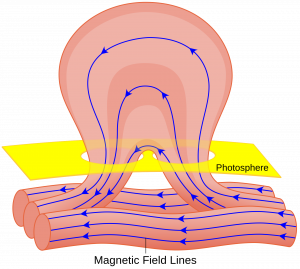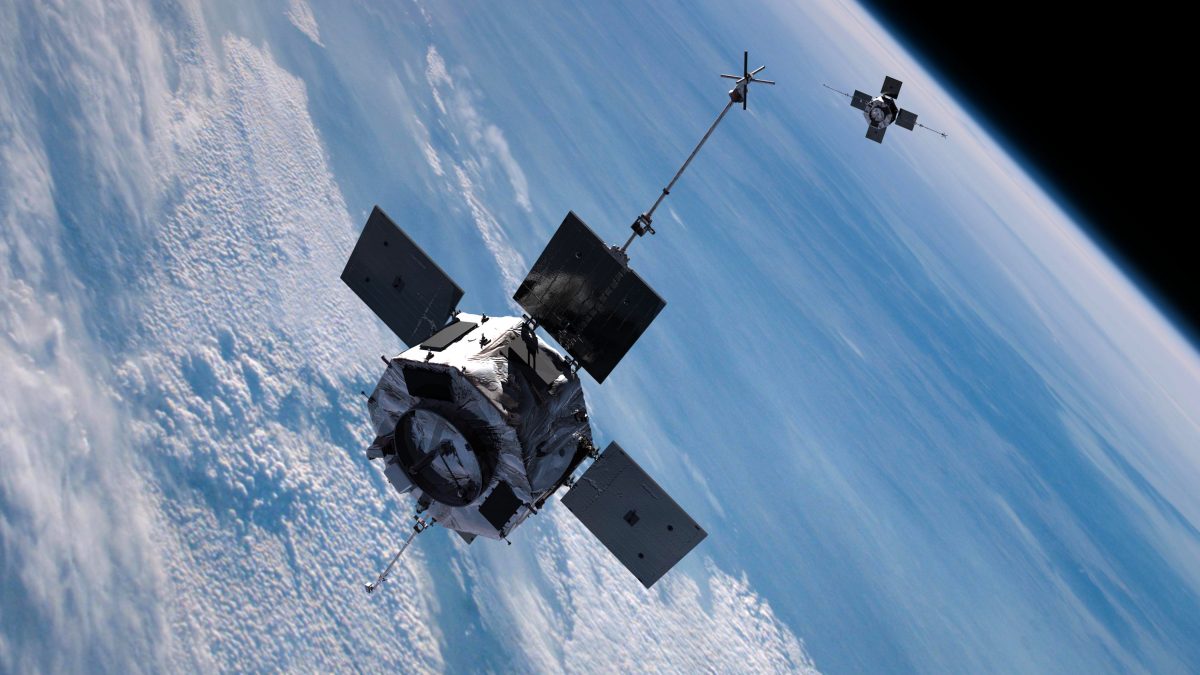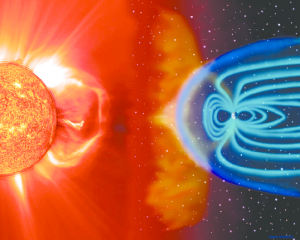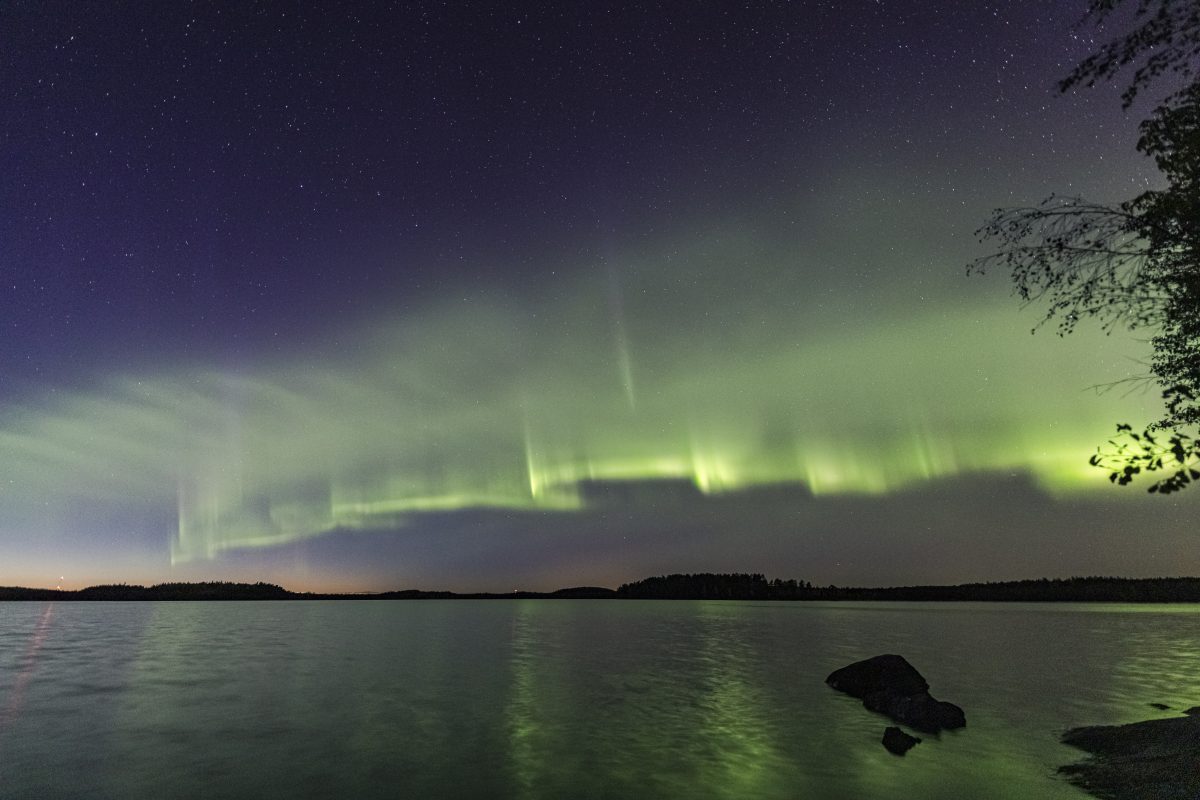Otto Kotovirta, Kruununhaka Upper Comprehensive School (8th grade)
Hello internet!
I was a TET-trainee at Helsinki University’s Space physics team.
My tasks included writing a short text on coronal mass ejections (CME) (which you can see below) and making a catalog of multipoint observed Interplanetary coronal mass ejections (ICME) observed by different spacecraft, for which I made a program (in excel) where you enter the time of the magnetic obstacles and the travel distance to calculate the speed. I also attended some lectures and a journal club-meeting. We printed some posters for the European Geo-sciences conference.
The subject I worked with seemed quite boring and complicated because I knew almost nothing about it, but I managed to pick it up quite fast and it turned out to be really interesting. My experience with scientific research was a bit plain, because I did only cataloging work. This plain research work has it’s highlights, for example when results perfectly match up. It may feel a bit boring, but the coffee breaks and board games made it worth the effort.
I would like to thank the whole team for being excellent colleagues and being so hospitable.
Coronal mass ejections
Coronal mass ejections or CMEs are huge bubbles of plasma threaded with magnetic field lines that are ejected from the sun’s corona into the heliosphere. CMEs are often associated with solar flares and other forms of solar activity. If a CME enters into interplanetary space it is referred to as an Interplanetary coronal mass ejection (ICME)
CMEs first form in the photosphere as massive arches called coronal loops spanning tens of thousands of kilometers in diameter, with magnetic field lines threading through them. These pre-eruption structures originate from magnetic fields generated by the solar dynamo in the sun’s interior. In order for these structures to develop, large amounts of energy will have to be stored. The majority of this energy will have to be stored as magnetic energy.

Once a CME is ejected from the sun, It will travel anywhere from 200 km/s to even near 3000 km/s. Reaching Earth’s orbit within as little as 15 hours, but the average time a CME travels to the Earth’s orbit is 3 to 4 days. CME:s form into arches spanning 40o to 50o in width (on average), with magnetic field lines extending from the sun going through them in a sort of spiral.

Some CMEs gather particles from space and form a shockwave in front of them. Once CMEs collide with Earth’s magnetic field. It results in the shockwave causing a geomagnetic storm that may compress the Earth’s magnetosphere on the day side and extend it on the night side.
The importance of studying ICMEs solar flares and other space weather is that we can understand the sun’s magnetic field. It also helps us to understand more of the effects of ICMEs and large geomagnetic storms. It’s also important to study how to predict and prevent their effects for if one energetic enough was pointed at earth it potentially could knock the electricity grid unusable.
Sources: Wikipedia, Nasa.gov





